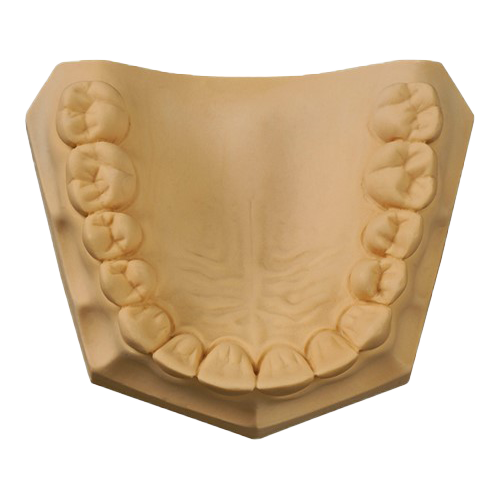D
Dimis
Member
Full Member
- Messages
- 90
- Reaction score
- 4
Hi everyone does anyone know where can I found stone 0% expansion for verification jigs.
I’m doing my verification jigs with gc pattern recin but it’s flexible and I have sometimes problems.
If somebody knows a different technique that might work pls Feel free to tell me
I’m doing my verification jigs with gc pattern recin but it’s flexible and I have sometimes problems.
If somebody knows a different technique that might work pls Feel free to tell me



